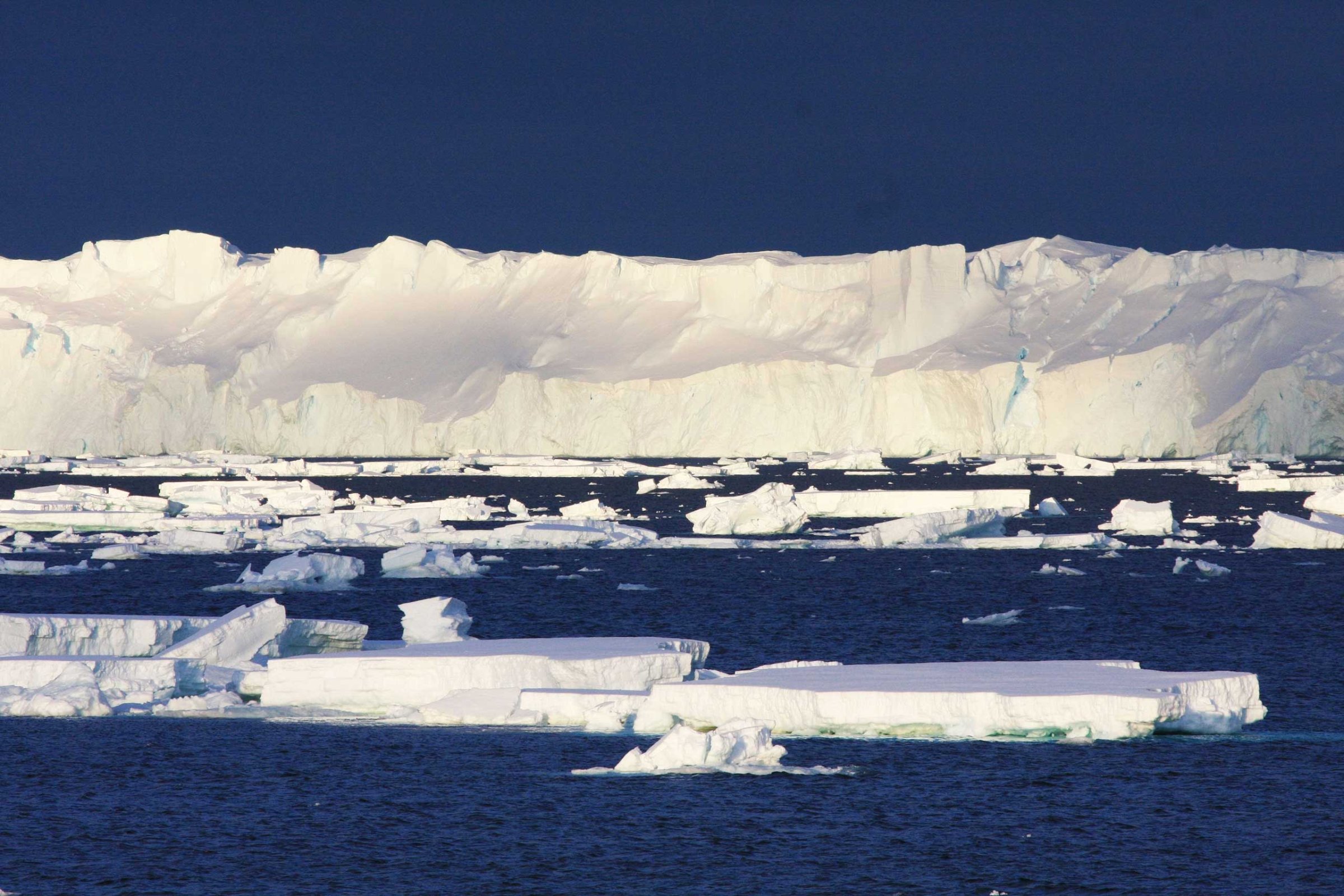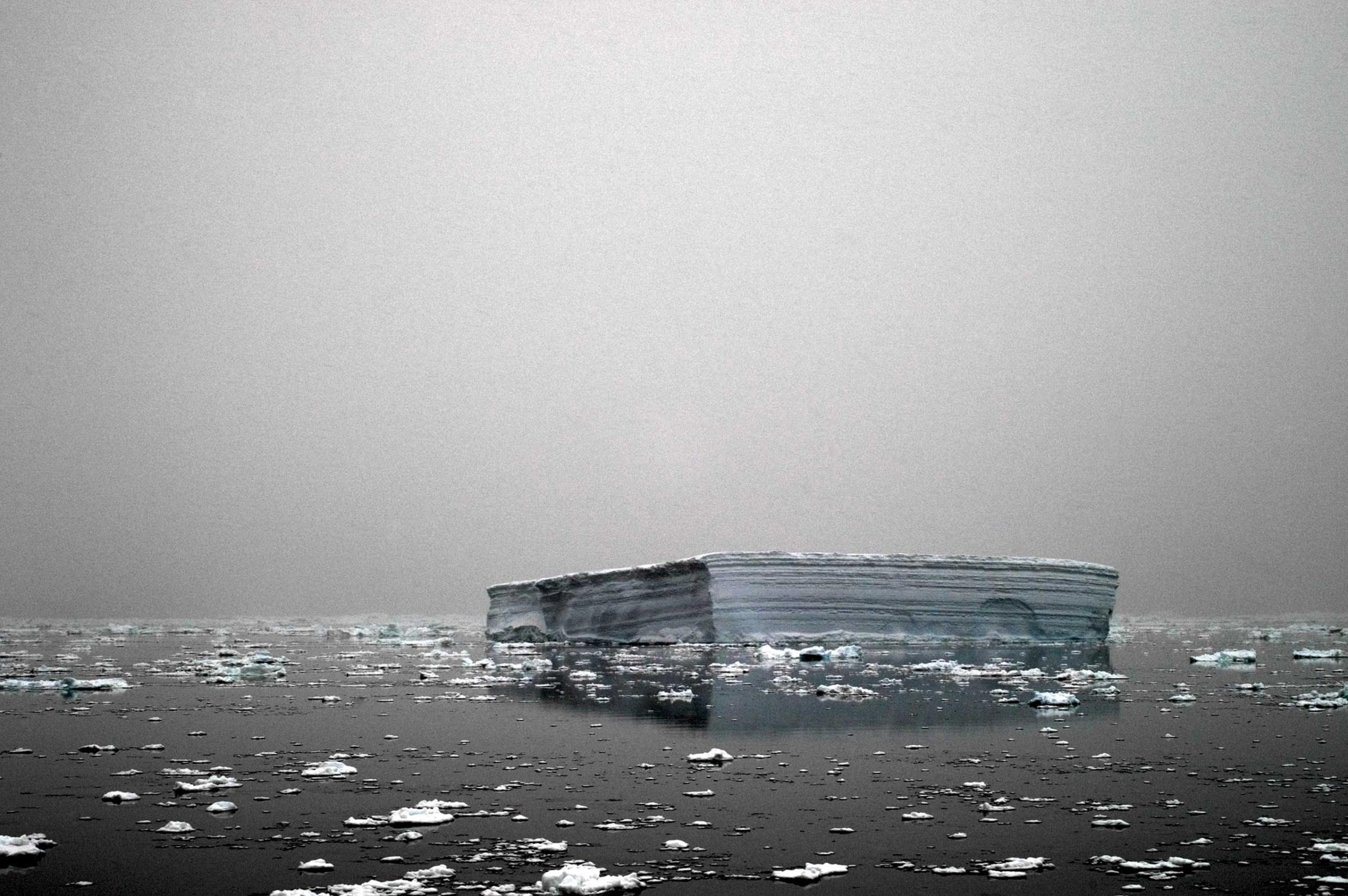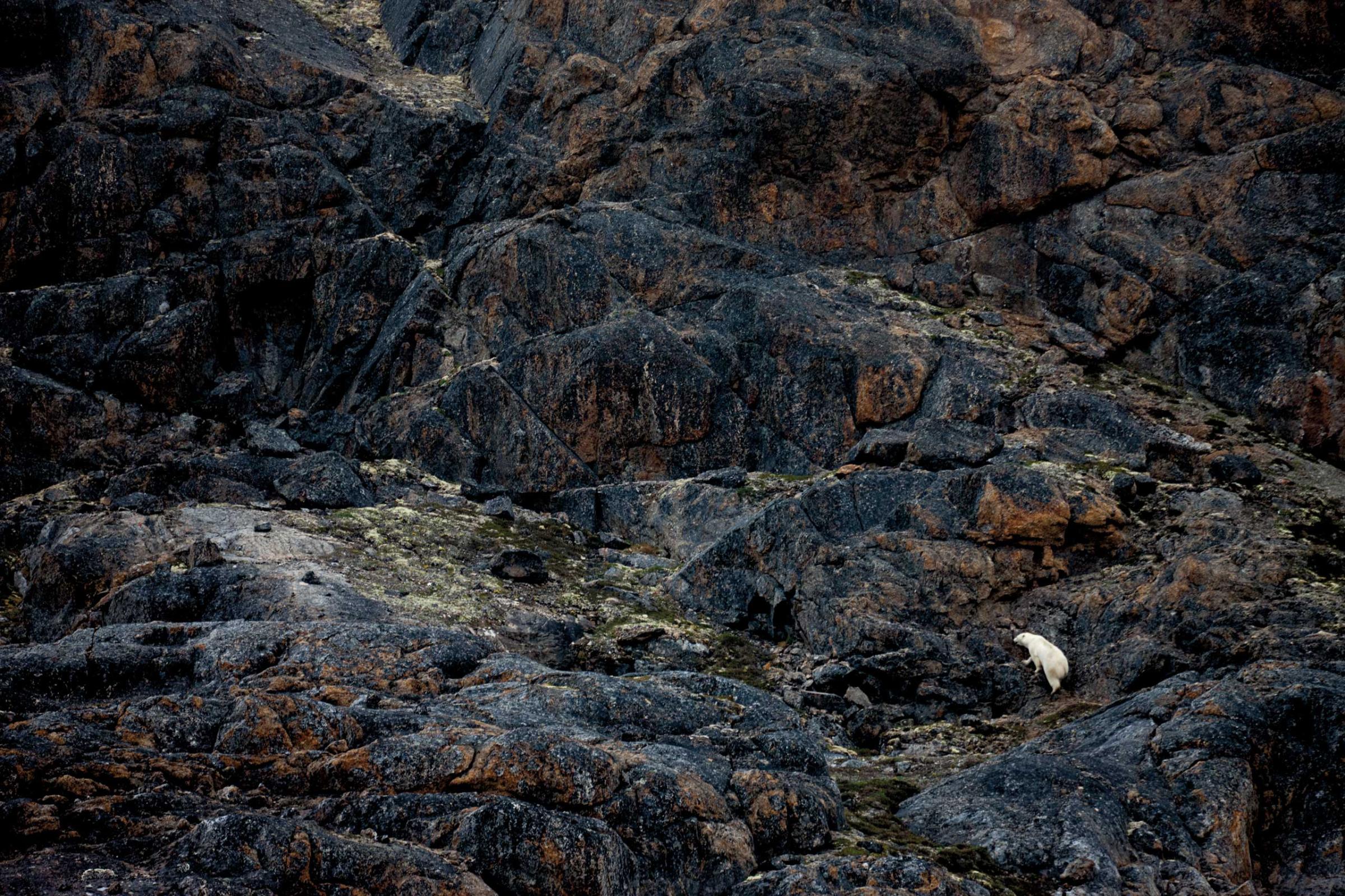
Some of Antarctica’s floating ice shelves are up to 18% thinner than they were two decades ago, according to a new study shedding light on climate change.
Science Daily reports that researchers at the UC San Diego’s Scripps Institution of Oceanography examined satellite data from the past two decades and discovered that ice shelves are thinning at precipitous rates, which are accelerating over time.
In 1994 to 2003, Antarctica’s total ice shelf volume – the ice shelf area multiplied by thickness – underwent minimal change. Then thinning began, with the last few years pointing to the highest rate of change.
“Eighteen percent over the course of eighteen years is really a substantial change,” researcher Fernando Paolo told Science Daily. “Overall, we show not only the total ice shelf volume is decreasing, but we see an acceleration in the last decade.”
The ice shelf shrinkage is indirectly linked to rising sea levels, and current volume reduction rates have scientists projecting that half the volume of ice shelves in western Antarctica may be lost in 200 years.
Melting Away: One Photographer's Journey to Preserve the Polar Regions










More Must-Reads from TIME
- Introducing the 2024 TIME100 Next
- The Reinvention of J.D. Vance
- How to Survive Election Season Without Losing Your Mind
- Welcome to the Golden Age of Scams
- Did the Pandemic Break Our Brains?
- The Many Lives of Jack Antonoff
- 33 True Crime Documentaries That Shaped the Genre
- Why Gut Health Issues Are More Common in Women
Contact us at letters@time.com